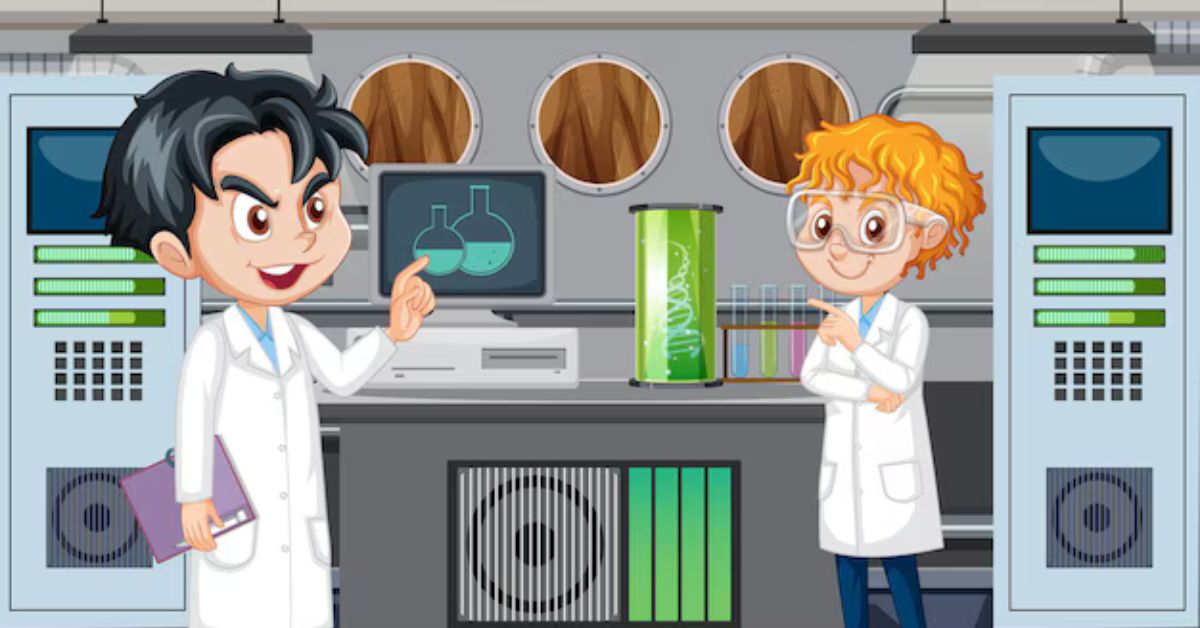Cartoon science and technology represent the intersection between imaginative storytelling and advanced technological tools. From animated films to virtual reality experiences, cartoons have become increasingly sophisticated, driven by both artistic creativity and technological innovation. This integration influences not just entertainment but also education, communication, and the wider societal framework.
Evolution of Cartoon Science and Technology
The evolution of cartoons from hand-drawn animation to digitally produced content reflects the dramatic advancements in technology. Early cartoons were painstakingly created, frame by frame, often taking months to produce. With the advent of digital tools, animators can now create complex scenes and characters with far greater speed and precision. Software like Adobe Animate, Blender, and Toon Boom Harmony revolutionized the process, allowing animators to focus more on creativity than technicalities.
Technology has enabled cartoons to evolve in terms of quality, scale, and depth. Computer-generated imagery (CGI), for instance, has elevated animation to new heights. CGI allows for the creation of three-dimensional characters and immersive environments that feel more lifelike, engaging audiences in ways traditional two-dimensional animations could not.
Key Technologies Transforming Cartoons
Several key technologies have fundamentally changed how cartoons are produced and consumed. One of the most significant advancements is motion capture, which allows animators to replicate human movements in animated characters with astounding accuracy. Studios like Pixar and DreamWorks have mastered the use of motion capture to produce some of the most beloved animated films.
Additionally, artificial intelligence (AI) and machine learning are becoming increasingly important in animation. AI can automate certain aspects of animation, such as lip-syncing and background generation, saving animators hours of labor. Machine learning algorithms are also used to enhance animations, adjusting the color balance, lighting, and even character emotions to better suit the story.
Virtual reality (VR) and augmented reality (AR) have also begun to influence the cartoon industry. VR allows users to step inside animated worlds, providing an immersive experience that traditional media cannot offer. AR, on the other hand, enhances real-world environments with cartoon elements, blending reality with imagination.
Impact on Entertainment
Cartoon science and technology have revolutionized the entertainment industry, creating new genres and formats. Animated films are no longer seen as entertainment exclusively for children. Instead, they cater to a broad range of audiences, from light-hearted family films to deep, philosophical works for adults. Animated television series like Rick and Morty and BoJack Horseman address complex societal issues, using animation as a medium to explore themes that might be more challenging in live-action formats.
The gaming industry also heavily relies on animated characters and worlds. Games like The Legend of Zelda and Fortnite are vivid examples of how cartoon-like aesthetics can be combined with cutting-edge technology to deliver highly immersive experiences. Cartoons in games do more than just entertain; they foster emotional connections between players and characters, encouraging deeper engagement.
Moreover, cartoons have expanded into multimedia experiences. Platforms like YouTube and social media channels allow for user-generated animated content to flourish. Short-form animations, GIFs, and memes can be easily created and shared, making cartoon technology accessible to anyone with a smartphone.
Educational Applications
Beyond entertainment, cartoon science and technology play a pivotal role in education. Animated explainer videos, often referred to as edutainment, break down complex scientific concepts into digestible visual narratives. Subjects such as physics, biology, and astronomy are easier to understand when accompanied by engaging visual aids.
Educational cartoons, like Bill Nye the Science Guy or The Magic School Bus, have been staples in classrooms for years. These shows use storytelling, combined with animated visuals, to teach children about the natural world, fostering curiosity and a love for science. More recent advancements in technology allow for interactive learning experiences, such as VR field trips to space or the ocean’s depths, enabling students to explore concepts firsthand.
Moreover, online platforms like Khan Academy and TED-Ed use animation to explain complex theories in subjects ranging from economics to quantum mechanics. The visual nature of cartoons helps to break down barriers, allowing learners of all ages to absorb information more efficiently.
Cartoons in Science Communication
Cartoon technology also plays a role in science communication. Scientists increasingly use animation to make their research more accessible to the general public. Complex data and findings are often translated into simplified, animated videos that can easily be shared on social media platforms or used in presentations. This not only makes scientific discoveries more approachable but also encourages wider public engagement with important issues, such as climate change and public health.
Animations can also simulate scientific processes that are too small, large, or abstract to observe directly. For example, molecular animations allow us to visualize how cells work, while animated depictions of astronomical phenomena bring the vastness of space closer to home.
Social and Cultural Impact
Cartoons are more than just stories; they reflect and influence culture. As animation technology improves, cartoons have become an effective medium for commenting on social, political, and environmental issues. Shows like South Park and The Simpsons are known for their satirical take on current events, often challenging societal norms through humor and exaggeration.
In recent years, representation in animated content has improved significantly. Advances in technology have made it easier to diversify characters, giving a voice to previously marginalized communities. Animators can now craft stories that reflect a broader range of human experiences, fostering empathy and understanding.
Cartoons also serve as powerful tools for activism. Animated short films and social media content can raise awareness about important causes, from human rights to environmental conservation. These mediums are effective because they simplify complex issues into digestible formats, making them accessible to a wider audience.
The Future of Cartoon Science and Technology
The future of cartoons lies at the intersection of art and technology. As artificial intelligence, machine learning, and virtual reality continue to evolve, the possibilities for animation are limitless. In the future, AI could take over more aspects of animation, allowing for real-time story creation and interactive narratives where viewers have a direct influence on the plot.
We may also see the rise of fully immersive cartoon worlds through the use of augmented reality. Instead of just watching cartoons, audiences could experience them in their own environments. This blending of reality with animation has the potential to create new forms of storytelling, breaking the boundaries between fiction and reality.
Another exciting development is the rise of user-generated animated content. With animation tools becoming more accessible, more people will be able to create their own cartoons, leading to a surge in diverse voices and stories.
Conclusion
Cartoon science and technology have come a long way since the early days of hand-drawn animation. Today, they are not only at the forefront of entertainment but also play critical roles in education, science communication, and societal change. As technology continues to advance, the potential for cartoons to inspire, educate, and entertain will only grow. This evolving art form serves as a powerful reminder of the synergy between creativity and technology, shaping the way we experience and understand the world.










